San Diego Fair 2010 For Food Food Food

Food was the feature of the 2010 Fair ? not only the food that everyone loves to eat at the Fair, but also the food grown right here in San Diego County, the food our region's fabulous chefs create, the wine and beer that accompany our meals and is made in our region, and much, much more.
Did you know? - The San Diego County Fair (formerly called the Del Mar Fair) is a county fair held every summer at the Del Mar Fairgrounds in Del Mar, California. The fair is a major draw for San Diego County residents; in recent years, attendance figures have risen above a million annually, reaching a record all-time attendance of 1,274,442 in 2009.
What Do We Do First???

Not a boring minute all day!
Off We Go!
Thanks to Vicky for many of the pictures!

We got to San Diego about 40 minutes early... No traffic!

Were are here!
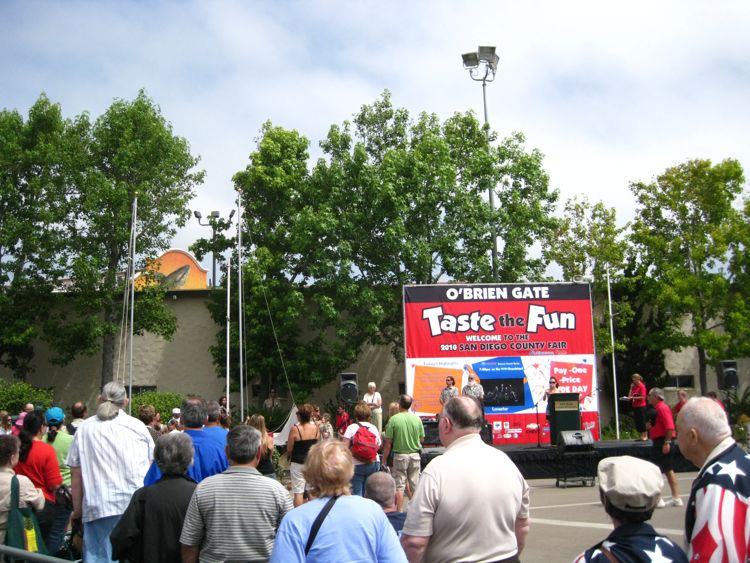
They sang the National Anthem and raised the flag just before opening the fair

Time to go in!

Let's get going!

Patriotism is still alive

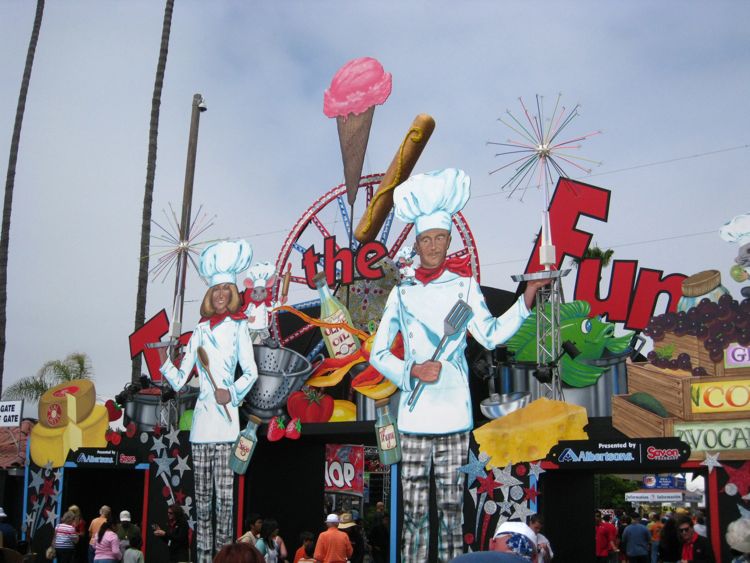
The theme involved cooking!
"Taste The Fun"

We walked all day... from 11am until almost 8 hours - from 11am until 7pm
We First Saw The Theme Exhibit Building
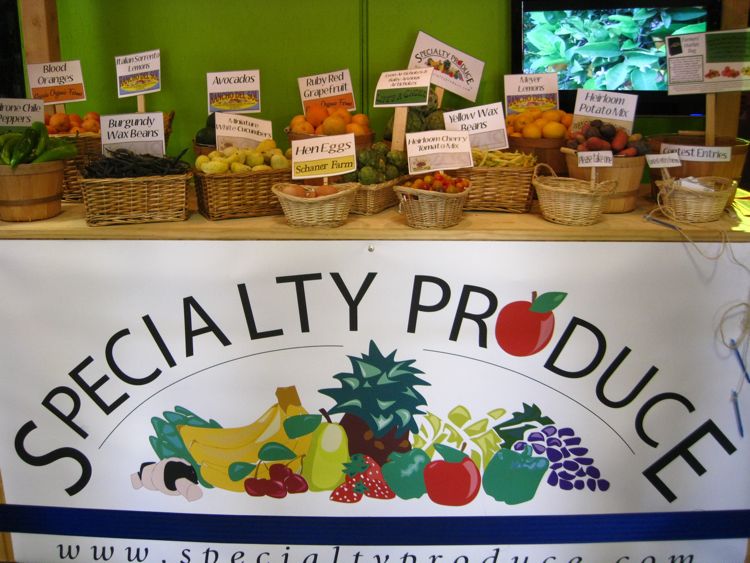
We grow a lot of these

Sue and Paul in a few years
Butter Carving

Carved from butter


Did you know? - Butter sculpture is an ancient Tibetan Buddhist tradition. Yak butter and dye are used to create temporary symbols for the Tibetan New Year and other religious celebrations. In North America, the tradition of butter sculptures dates back to the 19th century at agricultural and state fairs in the United States. The first recorded North American sculpture was created by Carolyn Brooks for the 1876 U.S. Centennial Exhibition in Philadelphia.
The process through which the artists work varies according to the sculptor, but often follows the same general steps. Most start with choosing one what to recreate. Usually, they produce drawings of the sculpture or take several photographs from which to work. As the sculpting actually begins, it is important for the butter to be of the right consistency, which has been described as feeling like cold cr?me. In total, about 500-600 pounds of butter, the equivalent of 2,400 sticks (enough for 42,000 cookies) is used. Over the years, sculptors moved from working in chilled rooms to large refrigerated display cases with temperatures between 35 and 40 degrees as they do today. The butter is placed on a wooden and wire armature, at first in large amounts to achieve the general shape of the cow, and later in smaller quantities to fine-tune the form. The butter is added layer upon layer until the cow is in its finished form, taking between two days and a week, depending on the artist. Though the sculptors claim it was never a secret that the Buttercow is build on a wooden armature, many people assumed the sculpture was solid, and made entirely from butter, despite the logistical impossibilities.
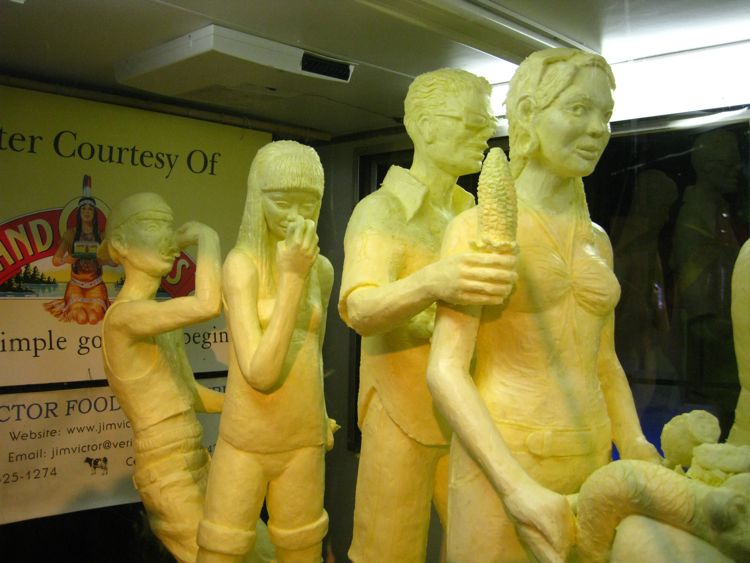
Check the detail! The girl is holding a cell phone; the boy has his stupid pants down; you can see the corn kernels

In the air conditioned trailer
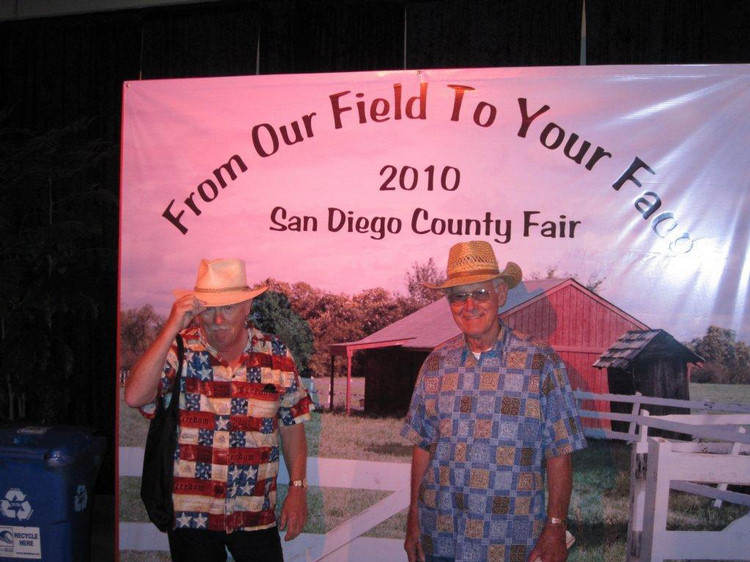
Howdee!

Meet our new friends

The history of food!

This years cook book

Yeah... these two went VFR for the candy area
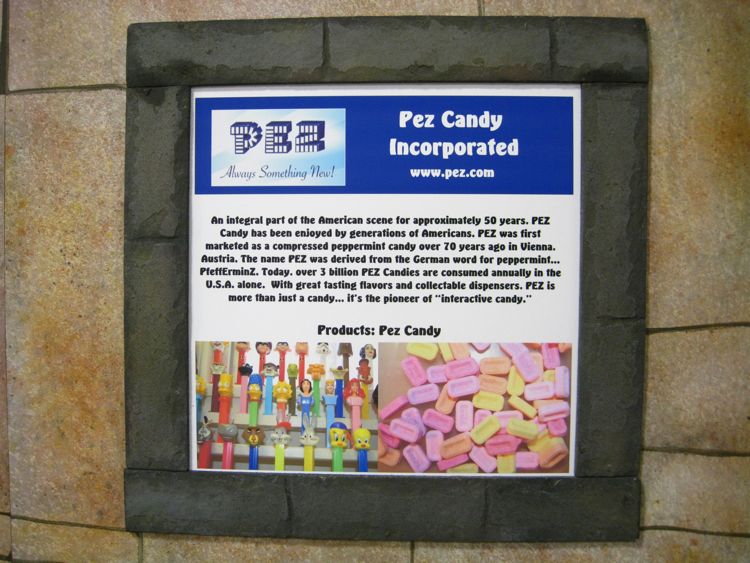
Paul remembers PEZ when it first his the US in the early 1950's
Did you know? - Pez (trademarked PEZ, in capitals) is the brand name of an Austrian confectionery and the pocket mechanical dispensers in which it is sold. The confectionery itself takes the shape of pressed, dry, straight-edged blocks (15 mm (5/8 inch) long, 8 mm wide and 5 mm high), with Pez dispensers holding 12 Pez pieces.
The name Pez was derived from the letters at the start, the middle and the end of the German word for peppermint, Pfefferminz, the first Pez flavor. Pez was originally introduced in Austria, later exported, notably to the U.S., and eventually became available worldwide. The all-uppercase spelling of the logo echoes the trademark's style of type on packaging and the dispensers themselves, drawn in perspective and looking as if the letters were built out of 44 brick-like Pez confectioneries (14 bricks in the P and 15 in each of the E and Z).
Despite the widespread recognition of the Pez dispenser, the company considers itself to be primarily a confectionery company, and says over 3 billion confectionery bricks are consumed each year in the U.S. alone. Pez Dispensers are part of popular culture in many nations. Because of the large number of dispenser designs over the years, Pez dispensers are collected by enthusiasts.

Del really enjoyed this display
Did you know? - The word apron is from the metanalysis of the term "a napron" as "an apron". The original spelling of napron has been lost (may come from the French word 'naperon').

Sue wants two olives
Did you know? - Over 750 million olive trees are cultivated worldwide, 95% of which are in the Mediterranean region. At more than one-third of the world's production, Spain is the top producer of olive oil in the world.
The grades of oil extracted from the olive fruit can be classified as:
- Virgin means the oil was produced by the use of physical means and no chemical treatment. The term virgin oil referring to production is different from Virgin Oil on a retail label (see next section).
- Refined means that the oil has been chemically treated to neutralize strong tastes (characterized as defects) and neutralize the acid content (free fatty acids). Refined oil is commonly regarded as lower quality than virgin oil; the retail labels extra-virgin olive oil and virgin olive oil cannot contain any refined oil.
- Olive pomace oil means oil extracted from the pomace using solvents, mostly hexane, and by heat.
Great Band; Great Music!

All the way from Indianapolis - The Sidewalk Stompers
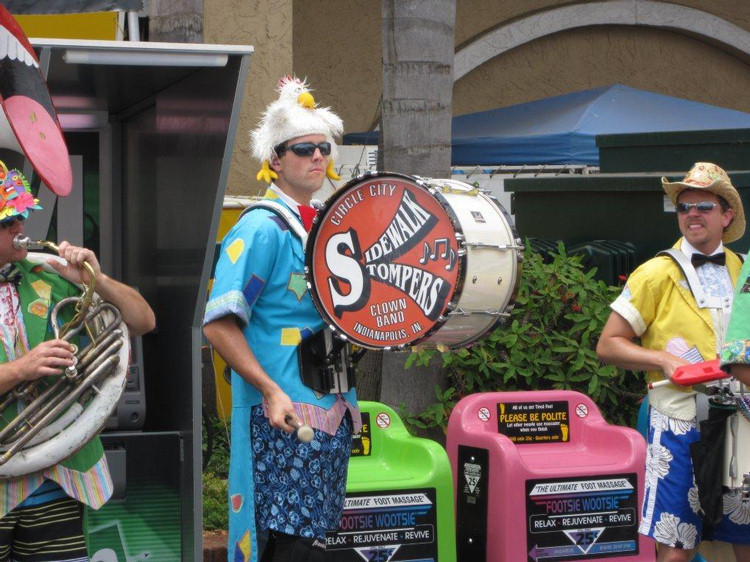


This kind of "Gettin Down" we all understand!
We Head For The Display Buildings

Being there early was super... few people

We made a stop there late in the afternoon
Did you know? - Ten Pound Buns?, a leading provider of quality foods served at County fairs and specialty events in and around California. Based in Murrieta, CA, the Ten Pound Buns? food concession business sells products at County fairs in San Diego, Orange, Ventura, Antelope Valley, and Los Angeles.
Time To Eat

Thanks to Ten Pound Buns
In The Hobby Building You See Everything

Garfields everywhere

Table setting get quite creative

Amazing
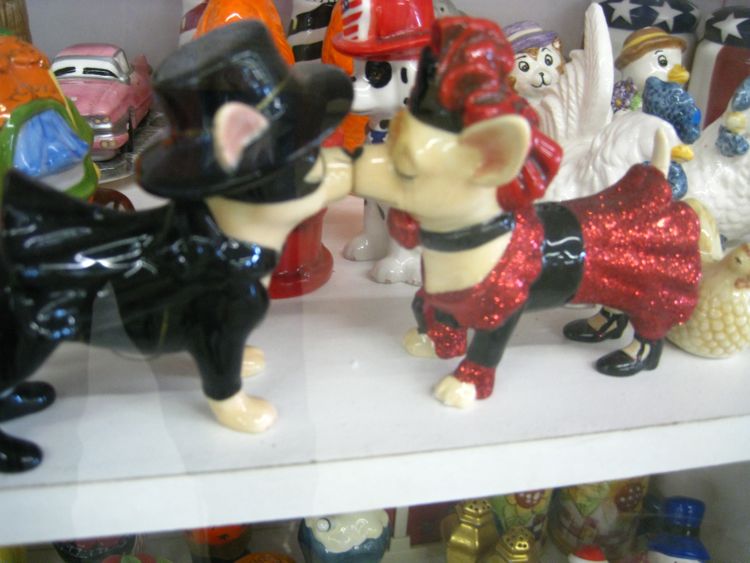
Chihuahua's kissing

A view out the top floor

One heck of a center piece

Bottle openers over the years
Did you know? - A bottle opener is a device that enables the removal of metal bottle caps from bottles. More generally, it might be thought to include corkscrews used to remove cork or plastic stoppers from wine bottles. Another name for some types of bottle opener is church key.

Wow
Did you know? - A metal bottle cap is affixed to the rim of the neck of a bottle by being pleated or ruffled around the rim. A bottle opener is a specialized lever inserted beneath the pleated metalwork, which uses a point on the bottle cap as a fulcrum on which to pivot.
Bottle caps were originally designed to be pressed over and around the top of a glass bottle to grab a small flange on the bottleneck. The Crown Cork was patented by William Painter on 2 February 1892 (U.S. Patent 468,258). It originally had 24 teeth and a cork seal with a paper backing to prevent contact between the contents and the metal cap. The current version has 21 teeth. To open these bottles, a bottle opener is generally advised, although some bottles incorporate a screw cap, eliminating the need for the opener.

Sorry about the glass but it was a neat display
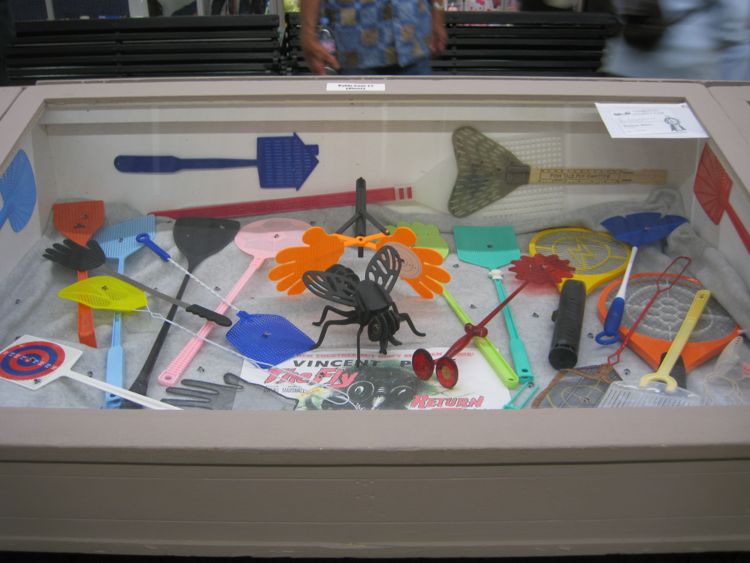
Flyswatters
Did you know? - In the summer of 1905, Kansas was plagued by an overabundance of flies, which, as well as causing annoyance, aided in the spread of disease. Dr. Samuel Crumbine, a member of the Kansas board of health, wanted to raise public awareness of the threat of flies. He was inspired by a chant at a local Topeka softball game: "swat the ball". In a health bulletin published soon afterwards, he exhorted Kansans to "swat the fly".
In response, a schoolteacher named Frank H. Rose created the "fly bat", a device consisting of a yardstick attached to a piece of screen. Crumbine invented the device now commonly known as the fly swatter.

Mom used to carry one of these lucite purses circa 1950's
Did you know? - Lucite purses entered the market in the 1950s when plastics were all the rage. Lucite purses came in all sorts of creative shapes, colors and textures. The vintage accessory can be found in antique shops, vintage clothing stores and flea markets. Over time, your Lucite purse collects dust and scuff marks, but you can restore your purse to its near original luster by washing it with soap and water, and polishing it with car-paste wax or plastic polish.
The first acrylic acid was created in 1843. Methacrylic acid, derived from acrylic acid, was formulated in 1865. The reaction between methacrylic acid and methanol results in the ester methyl methacrylate. The German chemists Fittig and Paul discovered in 1877 the polymerization process that turns methyl methacrylate into polymethyl methacrylate. In 1933 the German chemist Otto R?hm patented and registered the brand name PLEXIGLAS. In 1936 the first commercially viable production of acrylic safety glass began. During World War II acrylic glass was used for submarine periscopes, and windshields, canopies, and gun turrets for airplanes
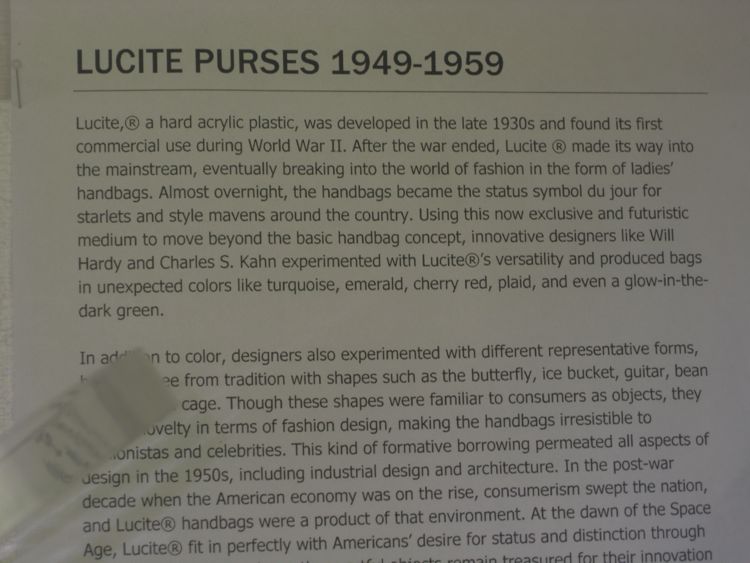

Yuck! But they were pretty once upon a time
Hope You Are Hungary
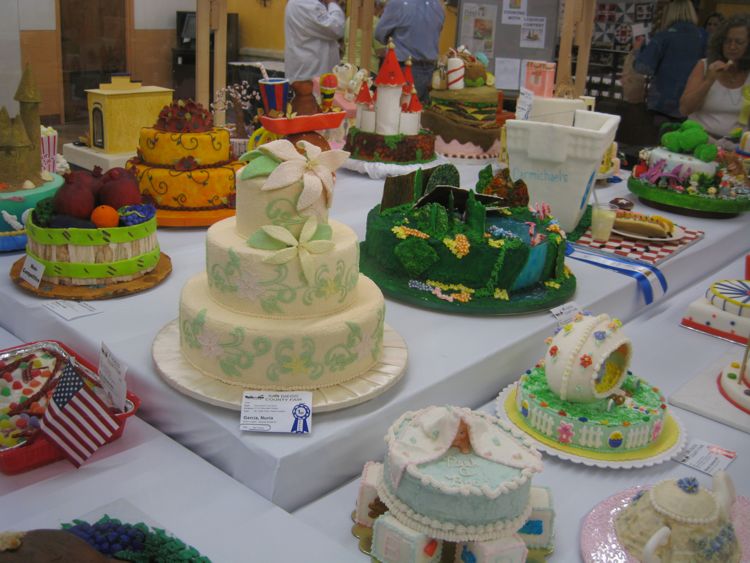

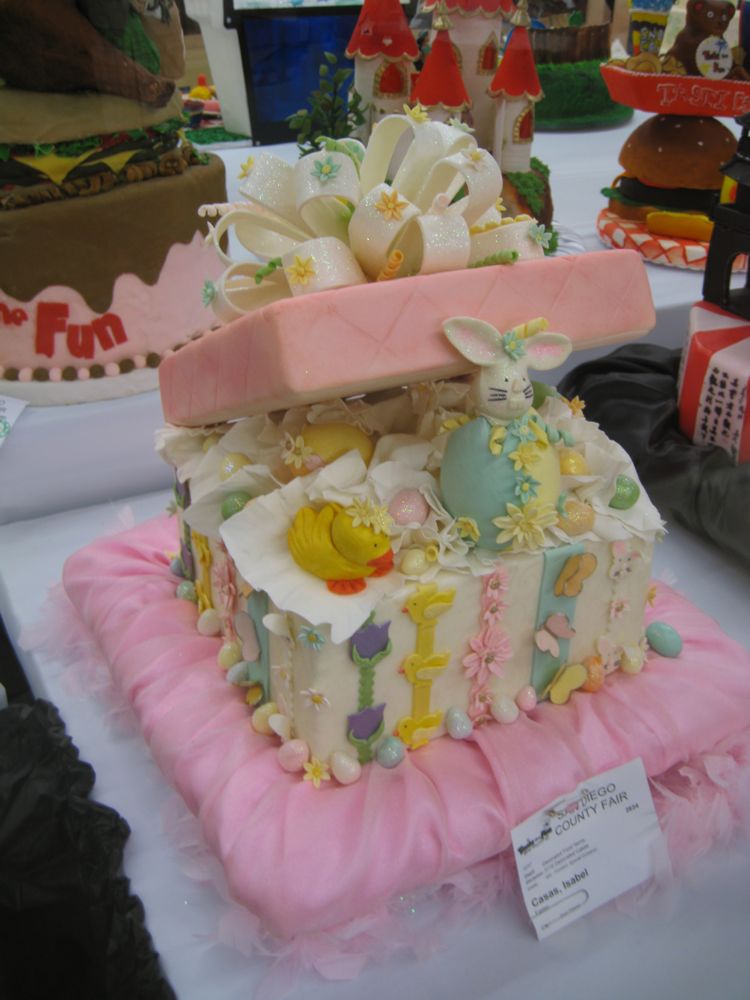
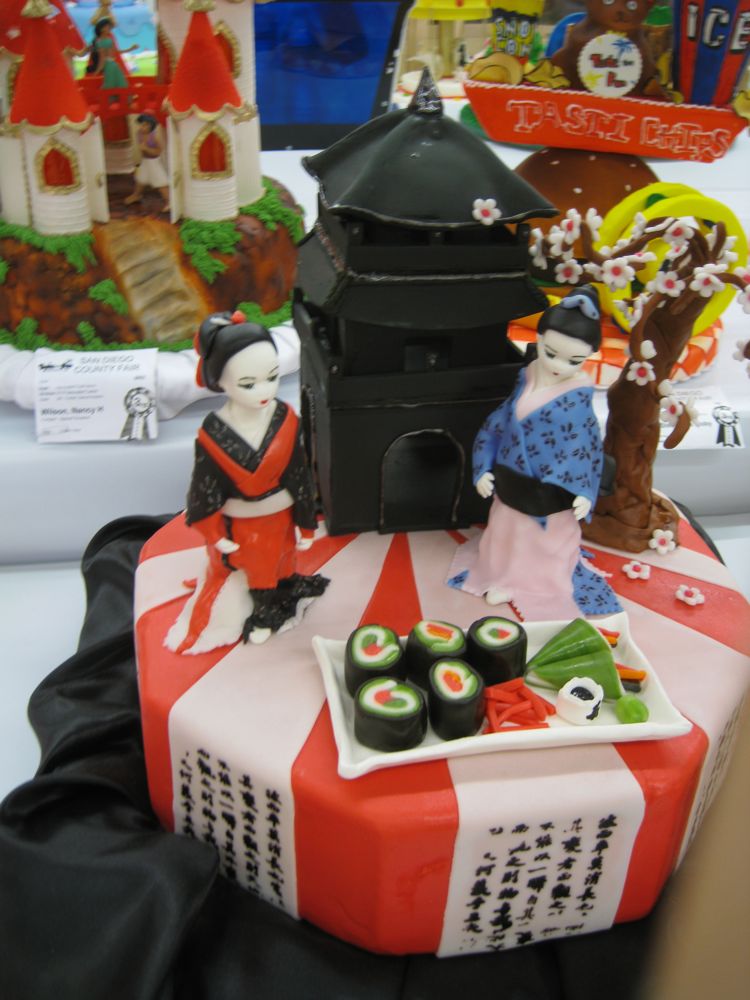



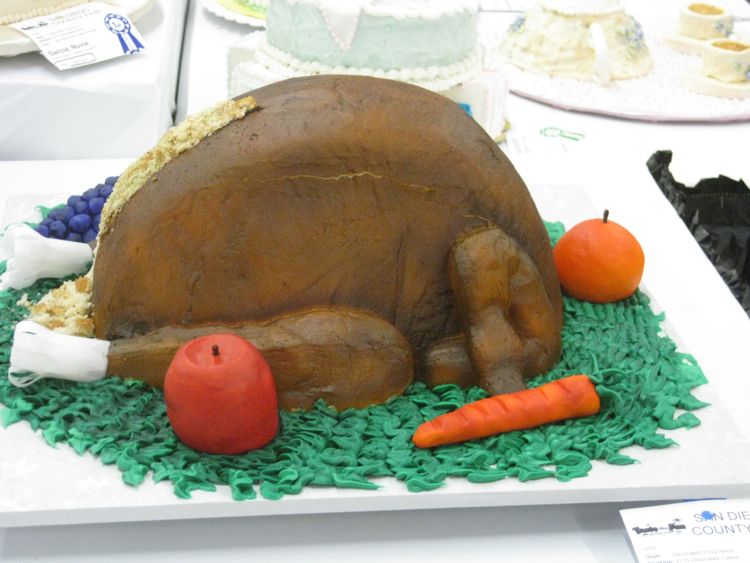
Back To Collectibles

Sue had many of these as a little girl... So did my cousin Claudia

Cuff links anyone
Did You Know - A cufflink (also cuff link or cuff-link) is a decorative fastener worn by men or women to fasten the two sides of the cuff on a dress shirt or blouse.
The forerunner of today?s shirt first appeared in the early-1500s, its ruffled wristband finished with small openings on either side that tied together with "cuff strings." Although cuff strings would remain popular well into the nineteenth century, it was during the reign of Louis XIV that shirt sleeves started to be fastened with buttons de manchette, or "sleeve buttons," typically identical pairs of colored glass buttons joined together by a short, linked chain.
By 1715, simple, paste-glass buttons had given way to pairs of two, decoratively painted or jeweled studs, typically diamonds, connected by ornate gold links.
Hence was born the cuff "link", whether simple glass buttons or gilded and bejeweled studs.

Look carefully... made from time folded up Camel Cigarette packages

Victoria The Model

The shawl/neck warmer looks like a long long sock


Made for a giraffe